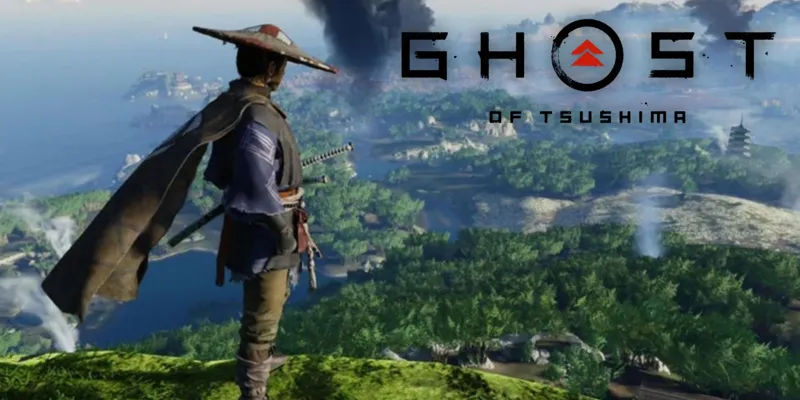While Last of Us Part 2 initially overshadowed it, Ghost of Tsushima has emerged as a standout open-world game. Set in 13th-century Japan, its breathtaking landscapes have become iconic. However, beauty alone doesn't guarantee gameplay fun. Balancing collectibles, quests, and the main story is crucial, an area where Ghost of Tsushima excels.
Ghost of Tsushima 2 is likely in the works, and one bold suggestion for improvement is to remove fast travel, a staple feature of open-world games.
Exploring the Impact of Fast Travel
The Double-Edged Sword of Fast Travel
Fast travel has evolved from limited point-to-point movement to instant map-wide teleportation. While convenient for task completion, it can hinder player immersion and exploration. Players risk missing crucial experiences by solely focusing on objectives.
Games like Dragon's Dogma 2 and Zelda: Tears of the Kingdom emphasize narrative and exploration, making overreliance on fast travel detrimental.
Advantages of Eliminating Fast Travel
The absence of fast travel in Ghost of Tsushima 2 could heighten immersion and encourage deeper engagement with the game world. Introducing unique encounters and challenges could enrich the gameplay experience and compensate for the lack of fast travel.

